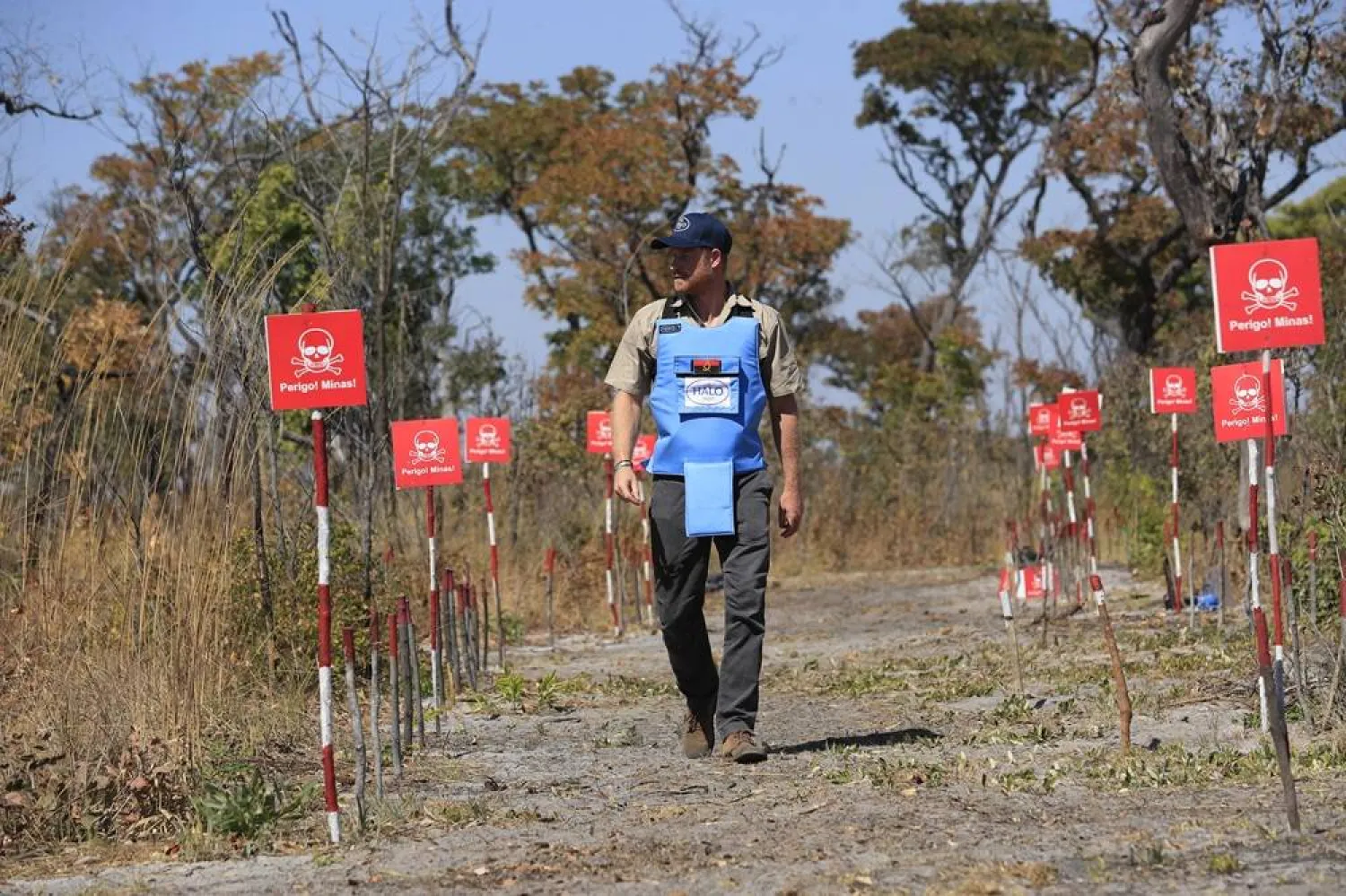A comb. A toothbrush. A bangle. A cotton scarf — protection from the summer heat now used as a face mask.
The personal belongings of cremated COVID-19 victims lie strewn around the grounds of the Ulubari cremation ground in Gauhati, the biggest city in India’s remote northeast.
It's a fundamental change from the rites and traditions that surround death in the Hindu religion. And, perhaps, also reflects the grim fears grieving people — shaken by the deaths of their loved ones — have of the coronavirus in India, where more than 405,000 people have died.
Hindus believe cremation of the body frees the soul so it can be reborn, and they often burn belongings that were with the body at the time of the death.
The belongings of the COVID-19 victims are left behind because of fear of touching them. They are scattered around the entire grounds of the Ulubari crematorium, particularly where the pyres are lit, according to the Associated Press.
India’s devastating virus surge in April and May left families and patients pleading for oxygen outside hospitals, the relatives weeping in the street as their loved ones died while waiting for treatment. Crematoriums were overwhelmed and often lit around the clock.
Infections are declining, but authorities are pushing to increase vaccinations as they prepare for another possible surge.







